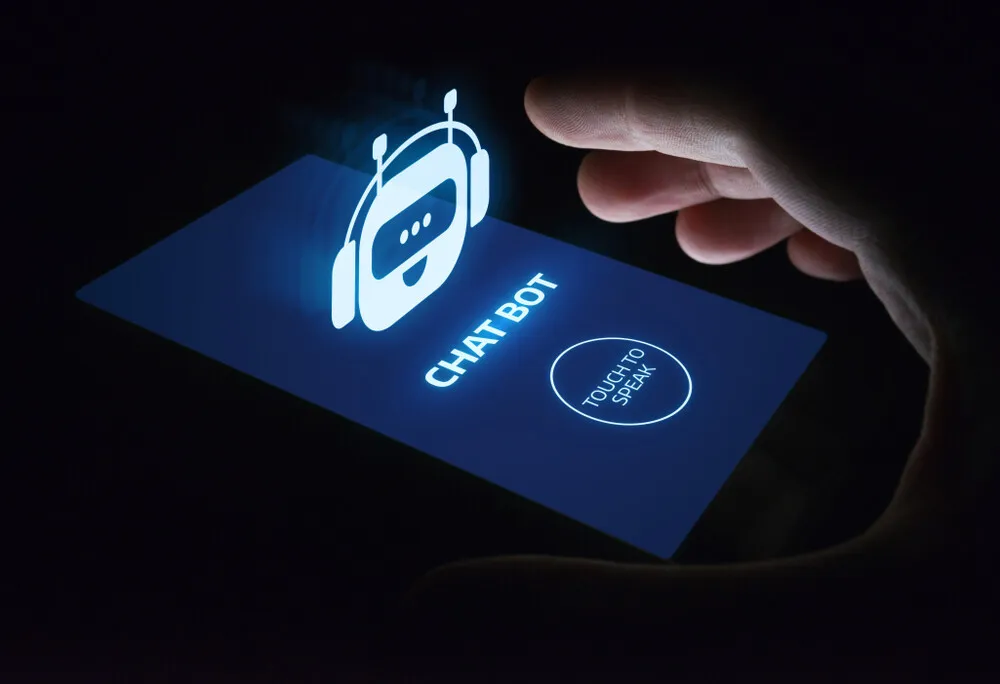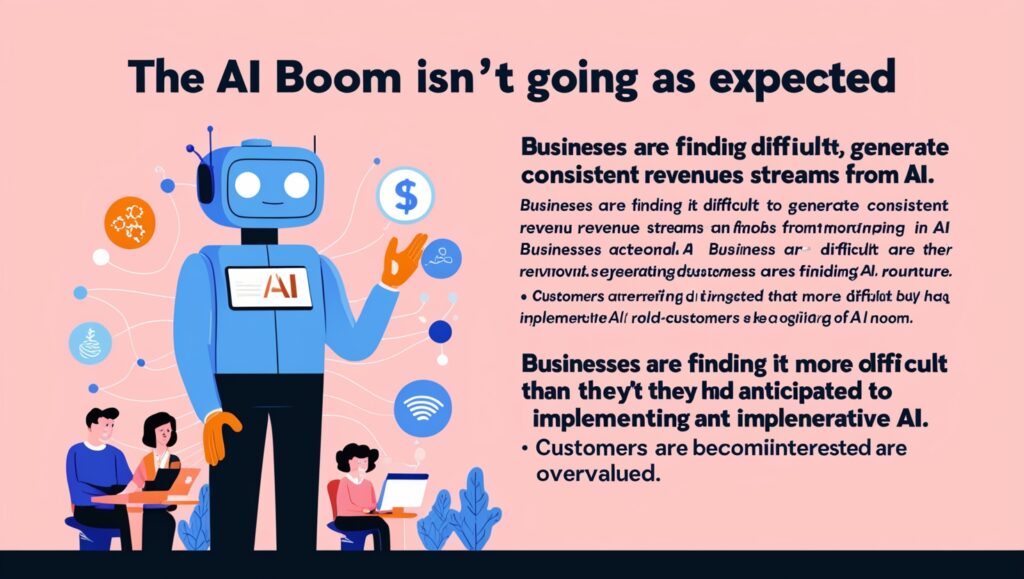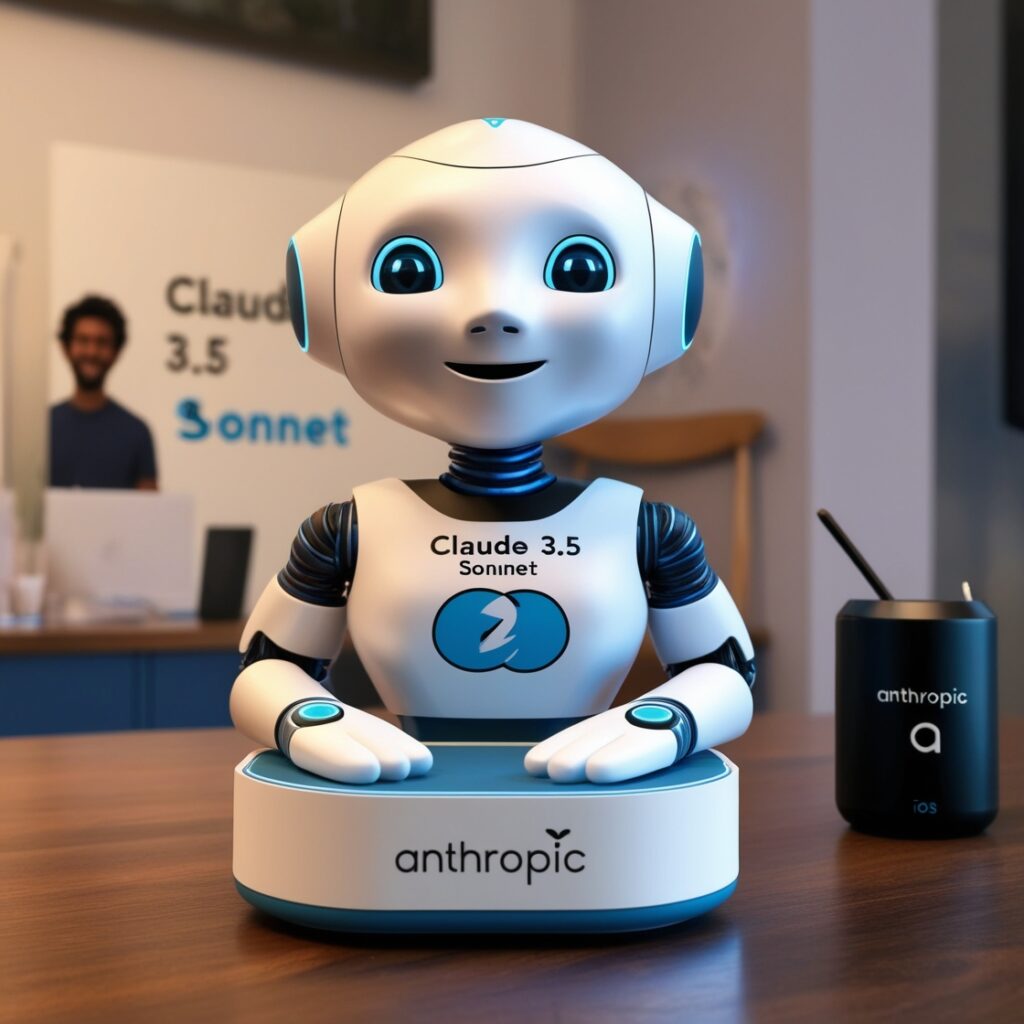Chief technical officer of Meta Andrew “Boz” Bosworth once remarked that the best product doesn’t always win. The one that’s used by all.
It may sound odd to begin an Alphabet story with a remark from a Meta executive, but Consider Boz’s remark after Google officials present their plans for the company’s significant public launch of Gemini AI services today. These let users employ generative AI capabilities powered by the models in Google Docs, Gmail, and other Google Workspace products, as well as engage with a chatbot powered by its Gemini models.
Google frequently refers to the most advanced Gemini version—known as Gemini Ultra 1.0—as the most potent AI model in existence. Indeed, Gemini works exceptionally well with a wide range of media types—better than any other model when it comes to handling text, photos, video, and audio. Furthermore, Gemini Ultra is only slightly better than OpenAI’s GPT-4 on a variety of language and reasoning tasks, based on self-reported results from more than two dozen benchmark tests.
Many people wrongly perceive Gemini as Google still attempting to catch up with OpenAI and Microsoft, which had an advantage with ChatGPT and GPT-4 powered Microsoft products like Bing Chat and its CoPilot tools in Word and PowerPoint, according to Chirag Dekate, vice president and analyst at tech analytics firm Gartner.
Dekate claims that the fact that Google has outperformed its rivals because of Gemini’s multi-modal capabilities is what people are overlooking. And that Google has some advantages over its rivals that will be challenging to match. One of the best sources of readily available video training data is YouTube, which has a massive video collection that is unmatched by Microsoft and OpenAI, among few other businesses.
Dekate also claims that Google is demonstrating, at last, the ability of its internal AI “model generation” factory to produce potent new AI models quickly. This is likely due to the company merging its two AI research labs, DeepMind and Google Brain, and tying the new Google DeepMind closer to product development teams.
But Google’s Gemini launch made it very evident that they are using more than just performance to prevail in the AI chatbot warfare. Distribution, price, and business model are the three main issues that will be the focus of this war and have little to do with the AI models themselves.
Google relied significantly on Microsoft and OpenAI throughout the Gemini roll-out because it is aware of the areas in which these companies have strategic advantages over it. Android is one of its main benefits. Google now has access to 3.6 billion Android users worldwide. Additionally, Gemini will become their go-to chatbot and AI assistant, making it incredibly handy for them to utilize. Gemini, which supplants the previous Google Assistant as the preferred voice-based digital assistant for American users, will be available as of right now. (They have the option to use an app if they’d like; iOS users will have to use the Google app, which is less convenient.) This feature, which supports English, Korean, and Japanese, will soon be rolled out in a few regions of Asia.
It makes sense for Google to concentrate on this distribution channel since Microsoft cannot match it.
The difficulty for iOS customers to switch to Gemini as their go-to voice assistant further demonstrates the persistent moat created by Apple’s “walled garden” strategy for iOS. Here, however, it has given Apple some leeway to catch up and replace the present iteration of Siri with an in-house LLM-powered chatbot capable of competing with both GPT-4 and Gemini. Apple is reportedly developing its own “Apple GPT” models to compete with Google’s and OpenAI’s generative AI products.
As part of a Google One subscription that entitles users to use Gemini-powered capabilities in Google Workspace products like Google Docs and Sheets, Google is also hoping that people who want to access Gemini Ultra will be ready to pay $20 a month for it.
It is expensive, but it costs the same as what OpenAI charges ChatGPT Plus members (without the integration into office productivity tools) and $10 less than what Microsoft charges Microsoft 365 product users to access generative AI powered by GPT-4. Subscribers to Google One will also receive 2 TB of storage. By combining Gemini with other products, Google hopes to entice users to sign up for its AI services rather than those of Microsoft or OpenAI.
It’s likely that many Workspace or Microsoft 365 enterprise users will have to pay to use the generative AI capabilities. However, the number of customers willing to pay this kind of money is unknown. They will most definitely not sign up for more than one of these AI chatbots. Additionally, there’s the question of whether they’ll choose to use a different AI chatbot on their personal devices than the one they use for business. For both business and personal responsibilities, many people might choose to employ the same AI model they are used to.
Following up on its Q3 earnings, Alphabet is keen to strengthen the subscription business model as it finally begins to see some genuine growth. One reason for this is to allay investor fears that Google’s mostly ad-supported search business would eventually be destroyed by generative AI.
For AI services, subscriptions are a very smart idea. Consumers want to know that when they ask their AI chatbot what new running shoes to buy, the bot responds based on its knowledge of the user’s weekly mileage, personal preferences, and weak knees—not because Nike paid to have the chatbot prioritize mention of their shoes. A subscription model is the most effective approach to balance the interests of the companies creating the bots and those of the customers.
Ironically, though, it seems that Big Tech is falling hard for AI subscriptions at the same time that streaming services are losing interest in them as a result of customers’ budget constraints. This could also mean that the premium chat bot providers will face a harsh reckoning in the future.
Product differentiation was important in the streaming industry. Netflix, Amazon, Apple, and Disney all invested billions of dollars in original programming because of this. Customers were conflicted on whether to see Ted Lasso and The Queen’s Gambit as a result of this differentiation. People were thus ready to pay for both Apple TV and Netflix for a while.
In this case, however, the tech corporations are effectively investing billions to guarantee that there is barely any product differentiation. Notwithstanding Dekate’s criticism of Gemini’s multi-modal features, the best AI chatbots have features that are comparatively comparable to one another.
Therefore, pricing and distribution will determine the winner in this case. Additionally, although Google’s initial actions appear sound, they are a little too cautious. The innovator’s dilemma is Google’s worst flaw. Its vast advertising business is at risk, and many of the decisions it makes with AI chatbots and personal assistants could end up eating into it. On the other hand, its huge advertising industry might support a low-cost AI product.
As Dekate notes, another benefit for Google is that all of its AI apps are executed on its proprietary TPU hardware. It may therefore be able to better manage its computing expenses than either Microsoft, which mostly depends on Nvidia’s pricey and power-hungry chips to power its AI services, or OpenAI, which also operates its services on Microsoft’s cloud. Alphabet should thus be able to operate its AI products with larger operating margins as a result.
It’s evident that the battles between AI chatbots are just getting started.









